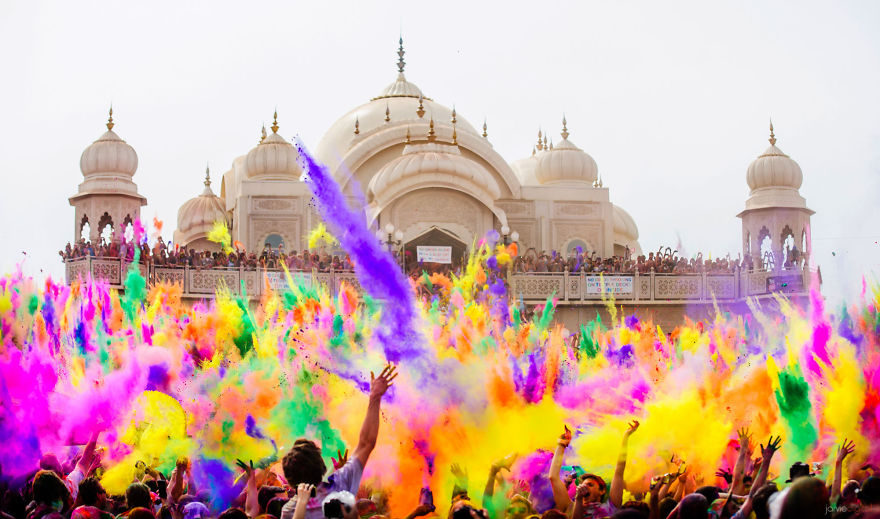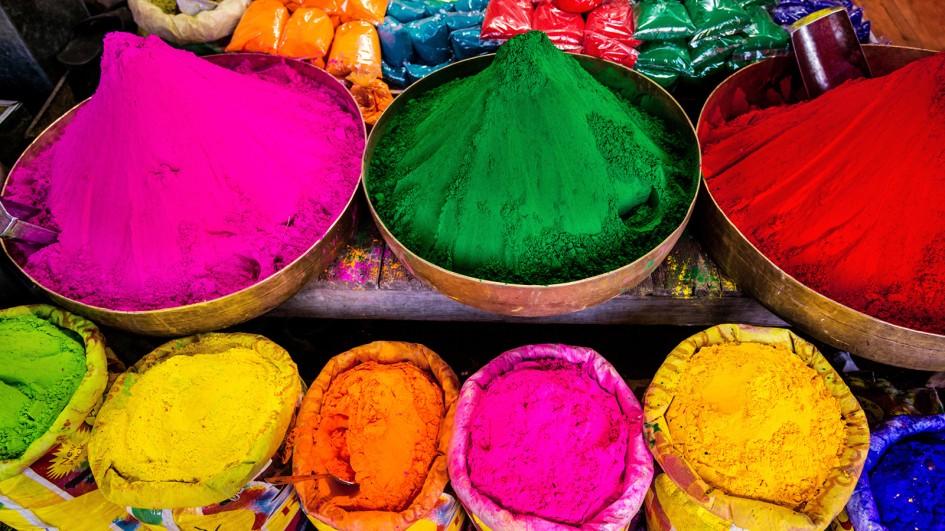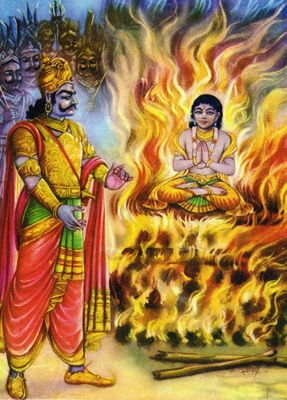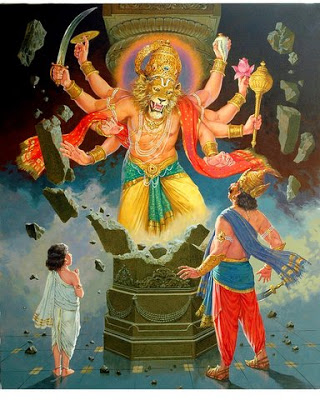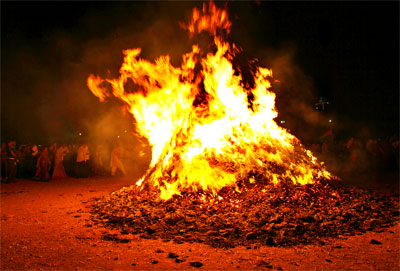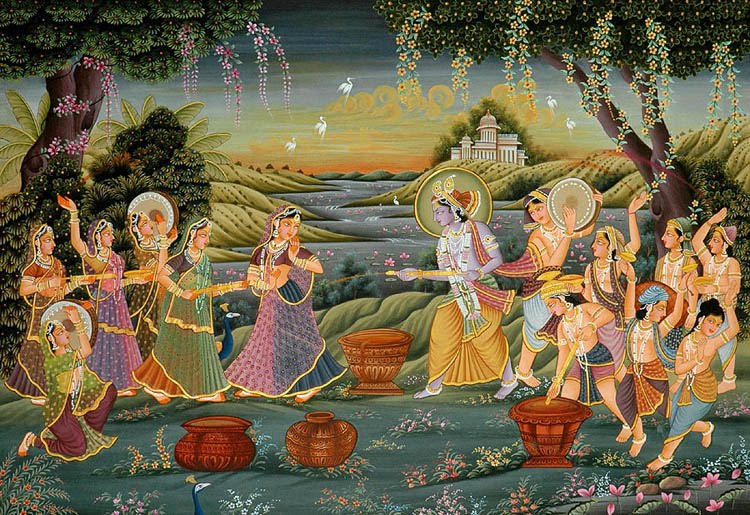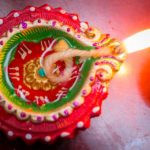Recently I took the time to read up on the Hindu Festival of Holi, a very popular festival in India. As a Sri-Lankan, I have never celebrated Holi but I hope to change that this year simply because I like the idea of it and want to partake in more Hindu festivities and celebrations. Being born and raised in a land way different than my motherland (of which I personally know nothing about), is quite difficult at times because I am left yearning to a part of all the wonderful celebrations that I hear about. As a mother of third generation Sri-Lankan-Canadians, I desire to give my children the opportunity to learn about and embrace their culture, traditions, and ancestral roots and what better way than by engaging in more festivities (whether they are originally part of our roots or not).
Holi which marks the arrival of Spring, has become a well-known event to those all over the world due to its high-spirited and fun traditions, especially that of colour play. The festival falls on the full moon day of the month of Palguna (known as Punguni in Tamil), which is mid-March to mid-April in the Gregorian calendar. Although popularly known as the Festival of Colours, Holi is also known as the Festival of Love in the Southern part of India and the Festival of Spring in other regions. Legends associated with Holi vary from region to region but the general traditions remain similar throughout.
According to the more popular legend of Prahlada and Lord Narasimha, Holi marks the victory of good over evil and also the triumph of devotion to God. Prahlada was born to a Demon King named Hiranyakashipu who was for whatever reason granted his wish that he couldn’t be killed by neither animal nor man, during the day or night, in the air or land, indoors or outdoors, and by handheld weaponry or launched. Due to the assumption that he was invincible, Hiranyakashipu became a tyrant who demanded that he be worshipped instead of God. Hiranyakashipu’s young son Prahlada, refused to worship his father and continued his devotion towards Lord Vishnu of whom he had heard of when he was in his mother’s womb. On learning of his son’s devotion to Lord Vishnu, Hiranyakashipu tried several times to kill him but Prahlada survived each of his father’s attacks. Hiranyakashipu asked his sister Holika who had been granted protection from fire, to enter a pyre, which was later set on fire, with Prahlada in her lap. The Lord himself protected Prahlada, while Holika was burnt to ashes for her evil-minded deed.
Finally in a fit of rage, the demon king asked his son if God is omnipresent; if God is in the pillar of the palace to which the young boy answered yes. In an attempt to prove his son wrong, Hiranyakashipu broke the pillar with his mace only to have Lord Narasimha (a half-lion, half-man and the fourth avatar of Lord Vishnu) pounce on him. Lord Narasimha (neither animal or man) held the demon king on his lap (neither air nor land), and tore him apart with his claws (not a weapon), at twilight (neither day or night), on the threshold of the palace courtyard (neither indoors or outdoors), thereby fulfilling all the necessary factors required to kill the demon king.
To this day, some regions burn a bonfire called a Holika on the eve of Holi, to celebrate the triumph of good over evil. Religious rituals are performed in front of the bonfire and people pray for any evil, ego, anger, envy, and hatred within themselves to be destroyed. The ashes left by the fire is thought to be sacred and is applied to the forehead as protection from evil forces.
The following day is filled with excitement as people take to the streets to engage in colour play by throwing brightly coloured powders at each other. Lovers apply colour on each other’s faces as they commemorate the divine love of Lord Krishna and Radha. According to legend, Lord Krishna applied colour on his beloved Radha to match his dark blue skin. The regions associated with the birth and childhood of Krishna are known to have the most elaborate and vibrant Holi celebration.
During the evening, festivities continue with an exchange of sweets and greetings. Holi is said to be a time where people of all walks of life come together to celebrate. It is a time to forgive and forget and repair relationships with family and friends. As it marks the onset of Spring, this time is also celebrated as a thanksgiving for good harvest. Holi, to my family will be known as the Festival of Spring, Colours, and Love. I plan to spend today evening telling Akshaya and Udayan about the various legends associated with Holi, praying, and making or buying a few sweets. Tomorrow we will celebrate by painting (our version of colour play).
To all those celebrating – May your Holi be merry and bright!
NOTE: If there is anything that I have stated incorrectly or that needs to be added, please comment and let me know. Also if any Sri-Lankans know why we don’t celebrate Holi, also comment and let me know.

